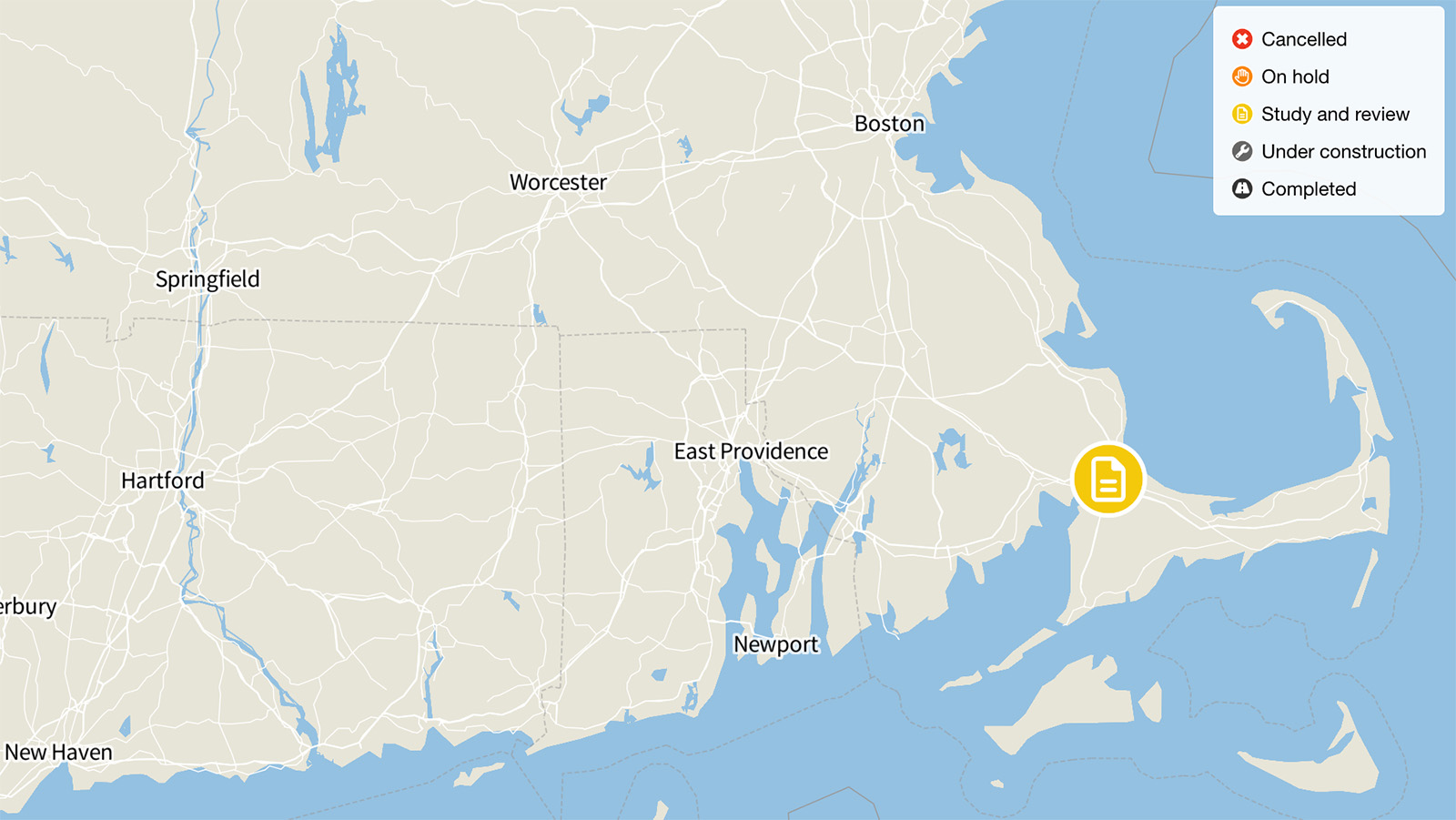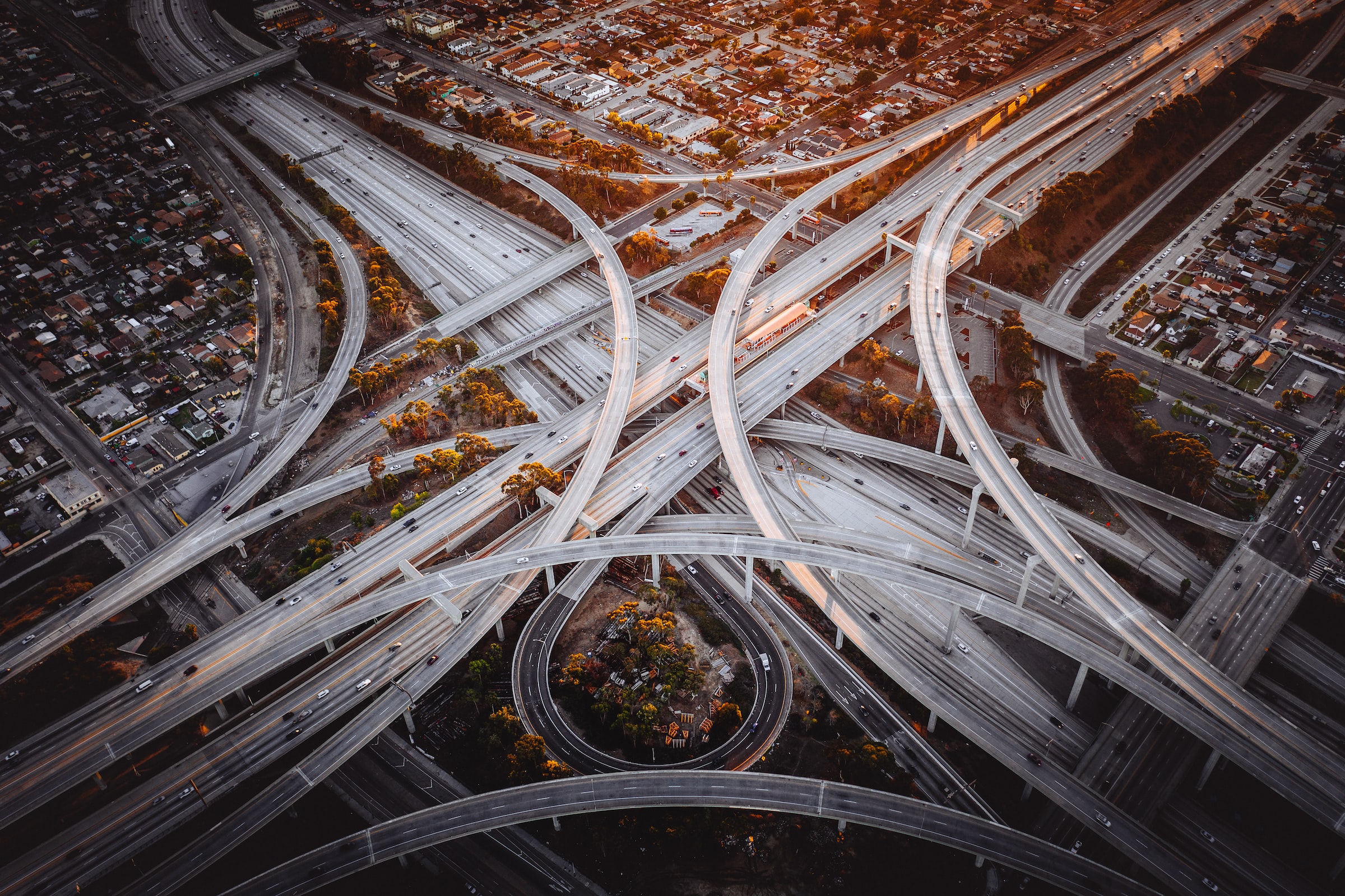
Madison Beltline, Wisconsin
State officials are currently investigating a possible $1 billion project to widen the Madison Beltline in Wisconsin. This project would entail both widening and rebuilding the road, and could last years. Meanwhile, the state of Wisconsin is in the midst of a funding crisis, with other major projects and renovations being delayed due to lack of funds. Wisconsin has also underfunded public transportation – an especially attractive alternative in the Madison area, where transit ridership increased by 24 percent between 2005 and 2015.
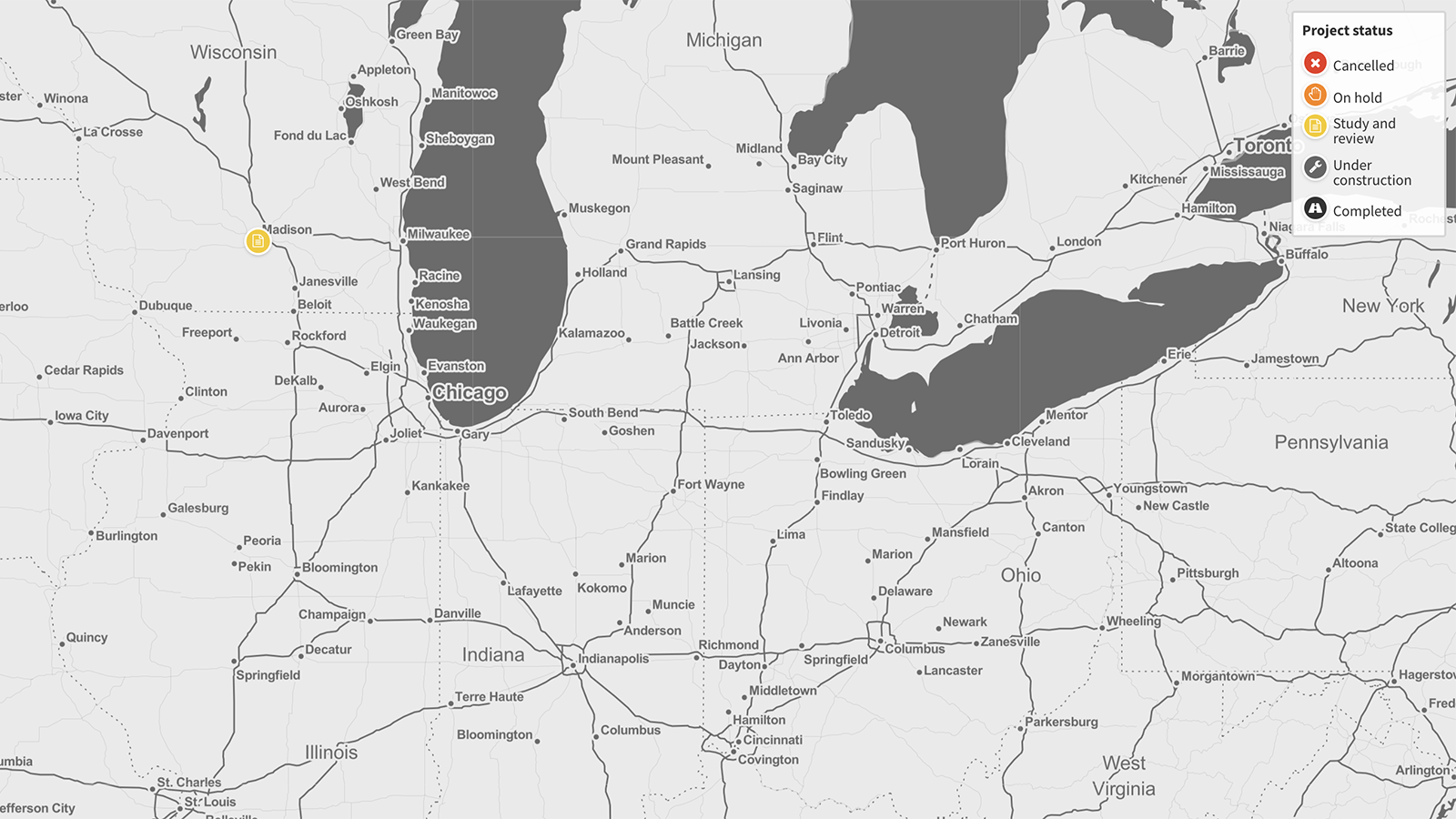
Status: Study and review
Originally reported cost: $1 billion
Update for current status:
As of September 2023, the Madison Beltline project is in study and review.
Update from Highway Boondoggles 4, 2018:
State officials are currently investigating a possible $1 billion project to widen the Madison Beltline in Wisconsin. This project would entail both widening and rebuilding the road, and could last years. Meanwhile, the state of Wisconsin is in the midst of a funding crisis, with other major projects and renovations being delayed due to lack of funds. Wisconsin has also underfunded public transportation – an especially attractive alternative in the Madison area, where transit ridership increased by 24 percent between 2005 and 2015.
A study of possible long-term solutions to congestion and traffic issues on the Madison Beltline was commissioned in late 2011, and a Planning and Environmental Linkages study began in 2013 in order to evaluate the impact of the proposed expansion. When this study is completed, a National Environmental Policy Act study will begin, the final step before possible project approval and construction.
Original story from Highway Boondoggles 3, 2017:
The Madison Beltline was originally built in 1950 as a two-lane rural highway to bypass downtown Madison, Wisconsin. Over time, the road has been expanded and has become more congested, and today, state officials are working on a study to determine when to rebuild the 19-mile stretch of the Beltline from Middleton to Highway N east of Interstates 39 and 90, and to consider whether more lanes should be added.
Rebuilding and widening the Madison Beltline would be a massive endeavor, lasting years and costing as much as a billion dollars. It is also one of many highway widening projects the state of Wisconsin has considered or teed up in recent years – despite a serious transportation funding crunch.
Michael Davies, head of the Federal Highway Administration’s Wisconsin office, wrote to state officials in December 2016, in relation to Wisconsin’s highway spending spree, that “[t]here are so many projects under development, we do not believe all of them can advance on a reasonable schedule based on likely funding scenarios.” These projects include the Beltline on the south side of Madison, I-39/90/94 between Madison and Wisconsin Dells, and Highway 100 between Layton Ave. and Silver Spring Drive in Milwaukee County.
Major projects have been delayed, such as the $1.1 billion reconstruction and expansion of I-94 from Milwaukee to the Illinois border, originally scheduled to be completed by 2016 and now delayed until at least 2021 and possibly 2028. Governor Scott Walker has indicated opposition to an increase in the gas tax or registration fees as a way to keep all projects on schedule, leaving the state with a limited transportation budget and funding obligations for ongoing major projects.
Wisconsin also faces increasingly critical demand for repair and maintenance of existing roads. Former Wisconsin transportation secretary Mark Gottlieb warned in late 2016 that the state’s limited transportation budget combined with current spending plans would lead to a doubling of the number of roads in poor condition over the next decade. Gottlieb testified that 42 percent of the state’s 12,000 miles of Interstate, state and U.S. highways in Wisconsin could be in poor condition by 2027.
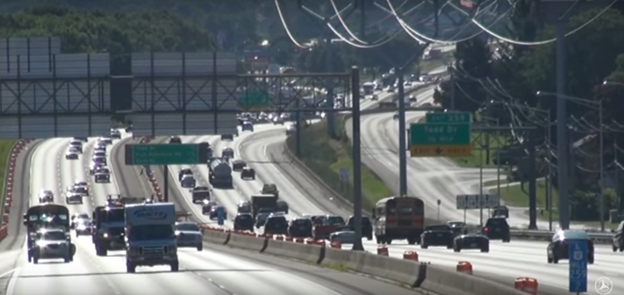
The Wisconsin Department of Transportation is considering widening the Madison Beltline, even in the midst of a transportation funding crisis. Credit: WisDOT
The state’s financial problems are magnified by recent findings that state transportation officials underestimated the cost of a series of highway projects by a combined $3 billion.
Wisconsin has also underfunded public transportation – an especially attractive alternative in the Madison area, where transit ridership increased by 24 percent between 2005 and 2015. The share of state transportation spending dedicated to transit decreased between 2000 and 2013, leaving many systems struggling to provide quality service for increasing numbers of riders.
Transit-based alternatives to Beltline widening have been studied, including a Bus Rapid Transit corridor along the Beltline, additional express bus service and the creation of rail line. One study found that a bus rapid transit system could attract about 2,600 riders a day.
Wisconsin faces difficult choices regarding both how it will raise money for transportation and how it will prioritize spending it. Moving forward with Madison Beltline expansion in the face of those challenges will only make those challenges worse.

Topics
Find Out More

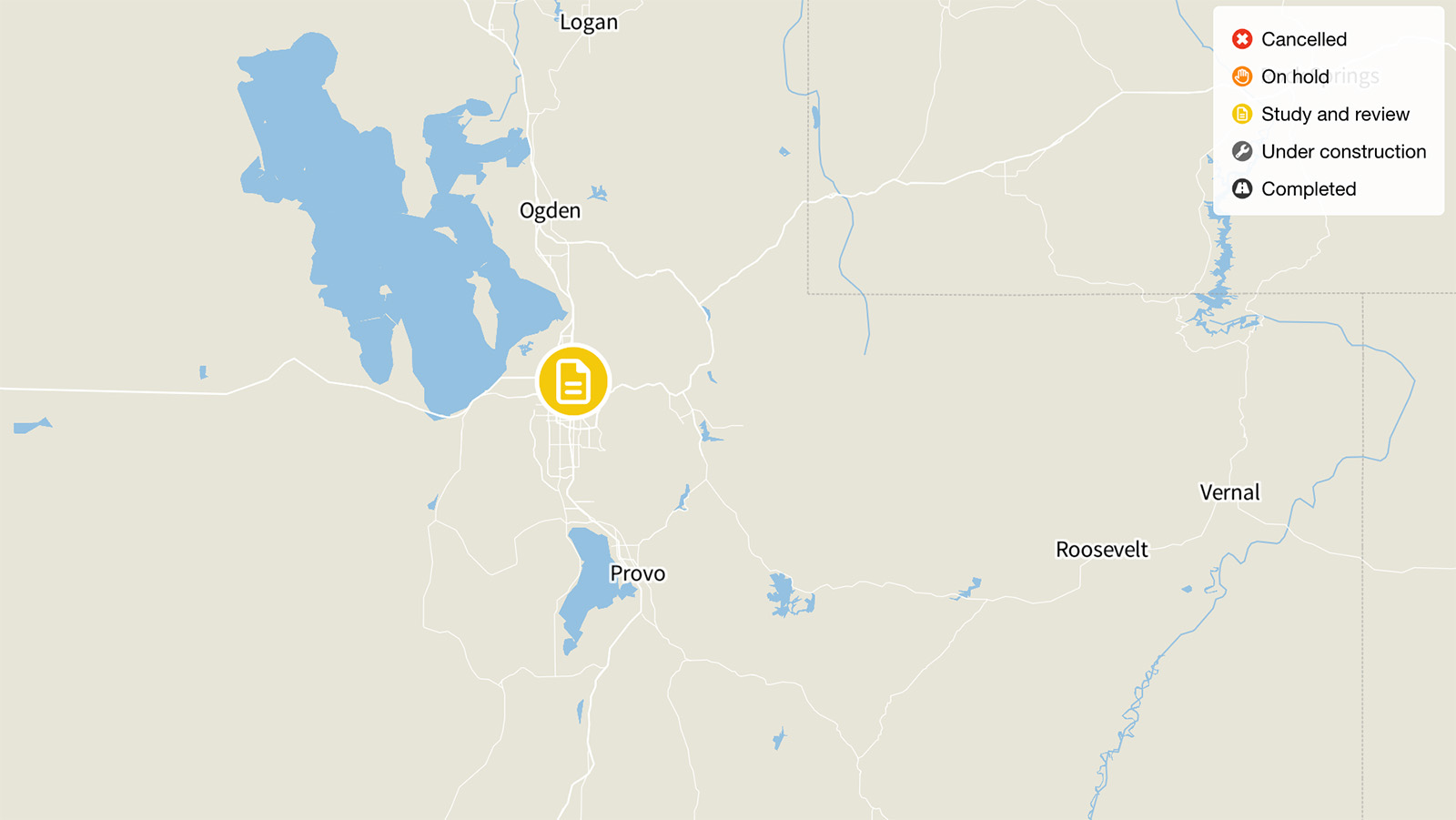
I-15 Expansion, Salt Lake City
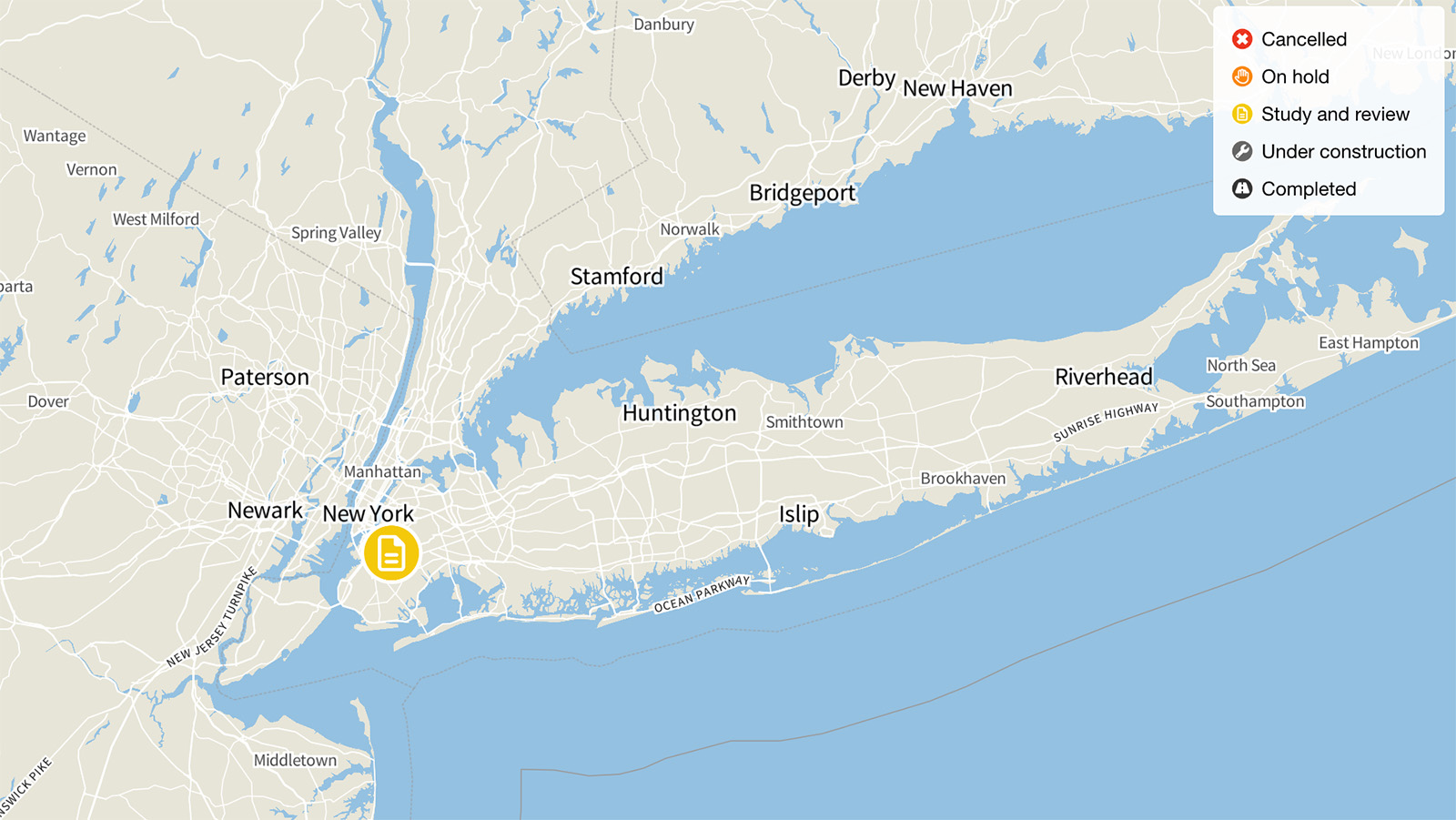
The Brooklyn-Queens Expressway, New York
